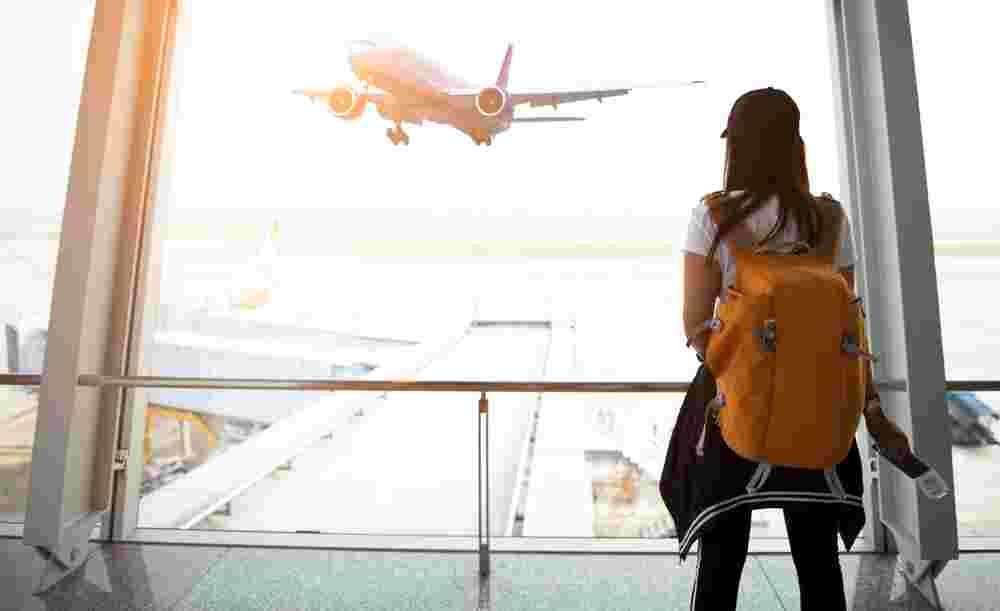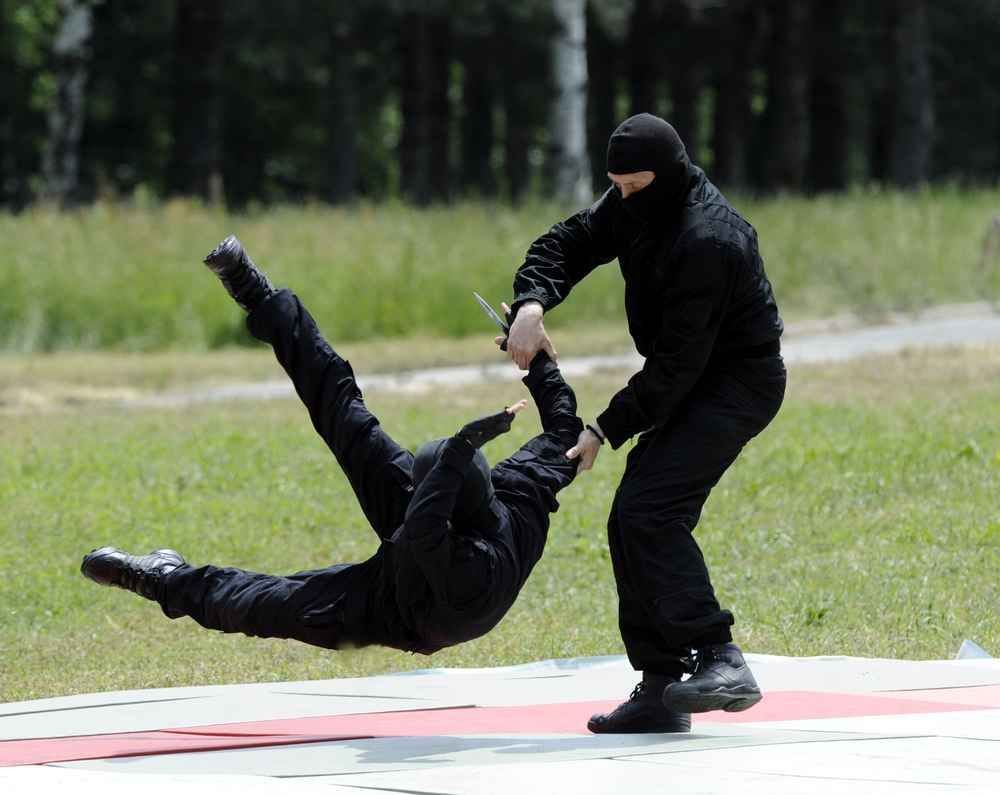GET A FREE QUOTE TODAY — CONTACT@NEMESISPROTECTION.COM
Discover insights into current, global security risks and political events that could affect your safety and your businesses.
AFRICA
Mali—the extreme risk of terrorism
A recent terrorist attack near Bamako, Mali, left one soldier dead and six civilians injured on Friday. The claims for the attack on the Kati military base took the Katiba Macina, a branch of Jama’at Nusrat al-Islam wal Muslimeen (JNIM) which is a local affiliate of the Al-Quaeda terrorist organization. In the assault on the country’s main military camp, terrorists used two car bombs. JNIM and its affiliates have raided critical infrastructures in the Sahel, mainly in Mali and Burkina Faso. Also, the group claimed responsibility for attacks in five Mali towns on Thursday, which killed one soldier and wounded 15 others. The withdrawal of French troops fighting rebels in Mali is expected in the coming period, which will deteriorate the security situation in the country. The security risk in Mali remains substantial due to the high threat of terrorism, affecting all sectors. Adequate preventive measures are a sheer necessity.
Ghana—the moderate health risk
Two infected with the Marburg virus have been confirmed in Ghana, and two people died of the disease earlier this month. The passed were both males, 26 and 51 years old. The virus is highly contagious, develops abruptly, and is similar to Ebola. It is transmitted to people from fruit bats and spread among humans directly through contact, body fluids of infected people, and surfaces and materials that are already infected with these liquids. The infection causes severe hemorrhagic fever; some symptoms are sore throat, chest pain, diarrhea, fever, nausea, and vomiting. The incubation period lasts from two to 21 days. The fatality rate is from 24% to 88%. Last year, there was an outbreak of Marburg in Guinea. Since 1967, there have been a dozen outbreaks of this virus, such in Angola, the Democratic Republic of the Congo, Kenya, South Africa, Uganda, and some cases in Europe and the United States. There is no known treatment for the disease. The best cure is prevention, and one should avoid eating or handling bush meat.
Mozambique—the substantial risk of violence
An armed attack against civilian targets occurred in the Muaja village area, Cabo Delgado province, Mozambique, near a ruby mine run by Gemfields; the mine didn't cease the precious gems production. ISIL-linked armed groups have terrorized the region since 2017. This surge of violence has killed thousands and disrupted the natural gas and mining industry, affecting corporations such as Triton Minerals and Syrah Resources. Military troops from South Africa and Rwanda are trying to help Mozambique curb the violence.
Malawi—the high risk of public disorder
Malawi Police used tear gas to disperse recent civil unrest in the country's capital Lilongwe. Over 70 people were detained, along with human rights activists protesting against selective justice by the country's court. Protestors took the streets, robbing shops, destroying cars, and barricading roads across the capital. Further demonstrations are expected.
Tunisia—the high risk of political strikes
Hundreds of people struck in Tunis against a draft constitution presented by President Kais Saied, demanding his resignation two days before a planned referendum on the disputed charter. Tensions in the country continue to increase.
Libya—the extreme risk of armed conflict
In Libya, the situation continues to worsen after the decade-long civil war; in the latest escalation of conflict, more than a dozen people got killed and over 20 wounded. The fight between Libyan armed militias had started in the central district of Tripoli and spilled out to the areas of Ain Zara and Asbaa, and also occurred at Tripoli’s main Mitiga airport.
ASIA
Bangladesh—the high road safety risk
In Bangladesh, during the Eid holidays, almost 400 people died, and over 700 were injured in over 300 traffic accidents this month. The disturbing fact is that Bangladesh is the first in the world in road accidents and death rates. Despite the government's preventive measures, just last year, there were 5,629 road crashes resulting in 7,809 casualties and 9,039 injuries.
Sri Lanka—the high risk of political violence
The government of Sri Lanka has sent armed security forces to raid the main protest campsite near the official residence of the newly elected head of state, Ranil Wickremesinghe, in the capital Colombo. The previous president has fled, and the country's economic downturn has caused months-long protests that are likely to continue.
Pakistan—the high risk of political unrest
Pakistan is in a state of political turmoil; protestors hit the street of major Pakistani cities, including Karachi, to show disapproval of the election loss of Pakistani Prime Minister Imran Khan’s party (Pakistan Tehreek-e-Insaf (PTI)) in the Punjab provincial assembly. The political situation in the country remains volatile.
Uzbekistan—the moderate risk of an unstable political situation
Following deadly unrest in the Republic of Karakalpakstan, Uzbekistan, this month, over 300 people were imprisoned. The protest broke out over a proposal to remove the republic's autonomous status, in which a dozen people got killed. Although the state of emergency has been recently lifted, the situation stays unpredictable in Karkalpakstan.
Japan—the extreme risk of natural disaster
Japan's Sakurajima volcano, located near the city of Kagoshima on the island of Kyushu, erupted on Sunday evening, prompting evacuations. The alert level has been raised to the highest, five. Sendai nuclear power plant is about 50km from the eruption site and has not been affected by the eruption for now. Sakurajima is one of the most active volcanoes, with regular activities.
EUROPE
Ukraine—the extreme risk of ongoing conflict
The Russia-Ukraine war has entered its 152nd day. Casualties were reported on both sides; over 60 Russian soldiers were killed in the past 24hrs while Russia has charged over 90 Ukrainian soldiers with crimes against humanity. Besides human life losses and the destruction of critical infrastructure, the war impacts the economy not just of conflicted sides but of the entire world. There is no sight of the end of the conflict yet.
The Rest of Europe—the extreme risk of natural disaster
Wildfires are raging across several European countries like Greece, Portugal, Spain, Slovenia, Italy, Turkey, the UK, and France, triggered by record heatwaves, forcing hundreds of people to evacuate. In over 19 countries, the wildfire risk is elevated, while in Spain, Portugal, and France, it is incredibly high.
THE MIDDLE EAST
Syria—the extreme risk of continuing clashes
Russian air strikes on the village of al-Jadidah near the city of Jisr al-Shughour, Idlib, have left seven civilians dead and injured a dozen. The clashes between government and opposition troops have recently intensified in the opposition-held province of Idlib.
Iran—the moderate risk of natural disaster and protest
Flash floods have caused over 20 deaths and the evacuation of more than 50 people from the affected area following intense rainfall in the town of Estahban, Fars province, in the south of Iran. Possible protests over complaints about the country's response to menaces of droughts and flooding are expected.
NORTH AMERICA
California—the high risk of natural disaster
California announced a state of emergency in Mariposa County due to quickly developing and increasingly dangerous wildfires caused by recent droughts and high temperatures, leading to the evacuation of over six thousand people outside the Yosemite National Park.
SOUTH AMERICA
Brazil—the high risk of crime
The recent raid of Brazilian police on one of Rio de Janeiro's favelas complex, Complexo do Alemao, has left over 15 people dead; casualties mainly were members of criminal groups. The police operation followed cargo and bank robberies to take down the suspects. The government is trying to fight the growing risk of organized crime in the country.
Ecuador—the high risk of violent demonstrations
Ecuador declared a month-long state of emergency in four provinces (Azuay, Imbabura, Sucumbios, and Orellana, but excluding the capital Quito) due to violent protests over poor living conditions; riots started on June 13 and killed at least five people. On Tuesday, one soldier died, and seven soldiers and five police officers were injured when demonstrators attacked a tanker truck escort in the country’s east.
Panama—the heightened risk of widespread riots
Panama is facing a financial crisis and ongoing demonstrations that haven't been seen in the country's years. Thousands of people went to the streets to call for political reforms, protesting against growing inflation, increased unemployment rates, endemic corruption, and rising living costs. The unrest caused roadblocks of the Pan-American highway and blocked access to the Panama Canal, affecting the country's exports/imports and creating fuel and food shortages.

Nemesis Protection is a trading name of Nemesis Global LLC with offices in New York City, Los Angeles, London, and Port Moresby.
All Rights Reserved | Nemesis Protection


